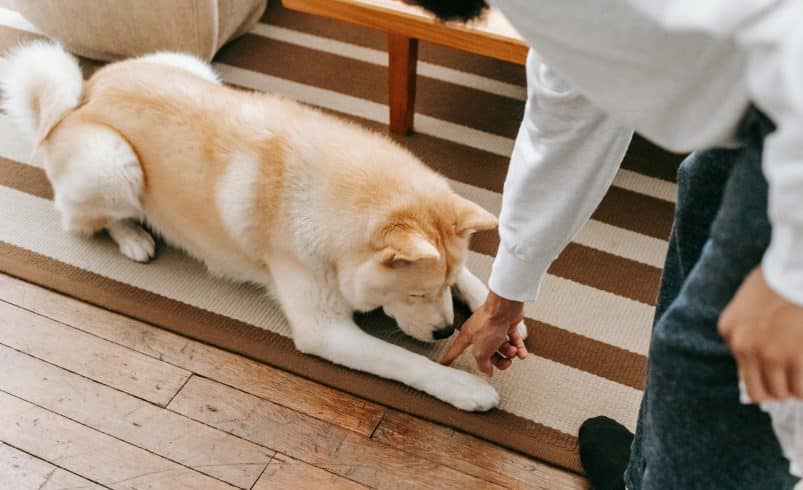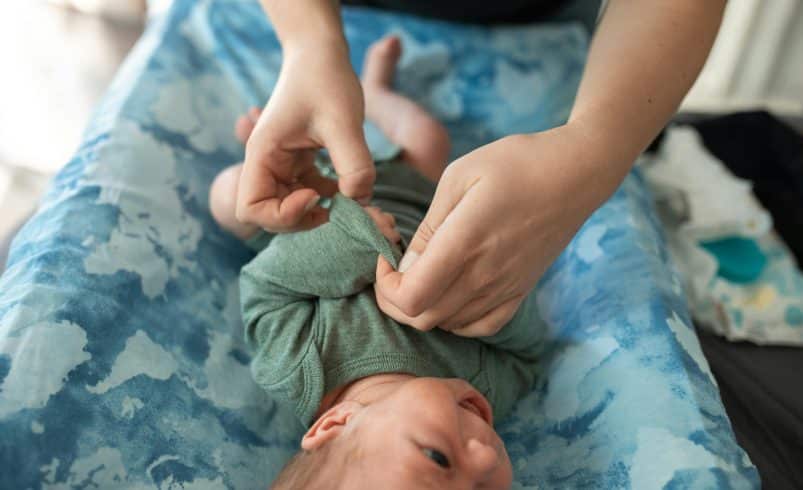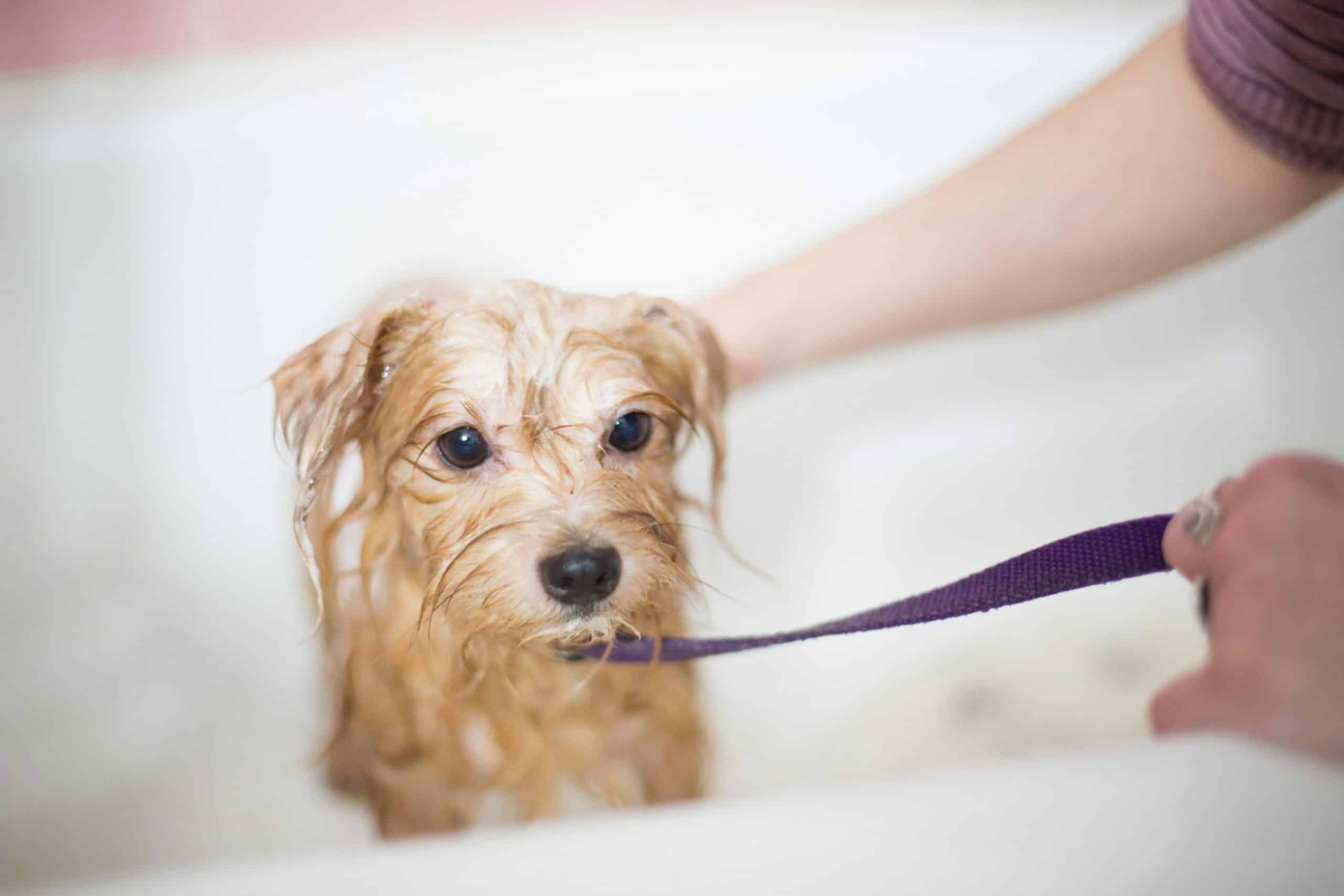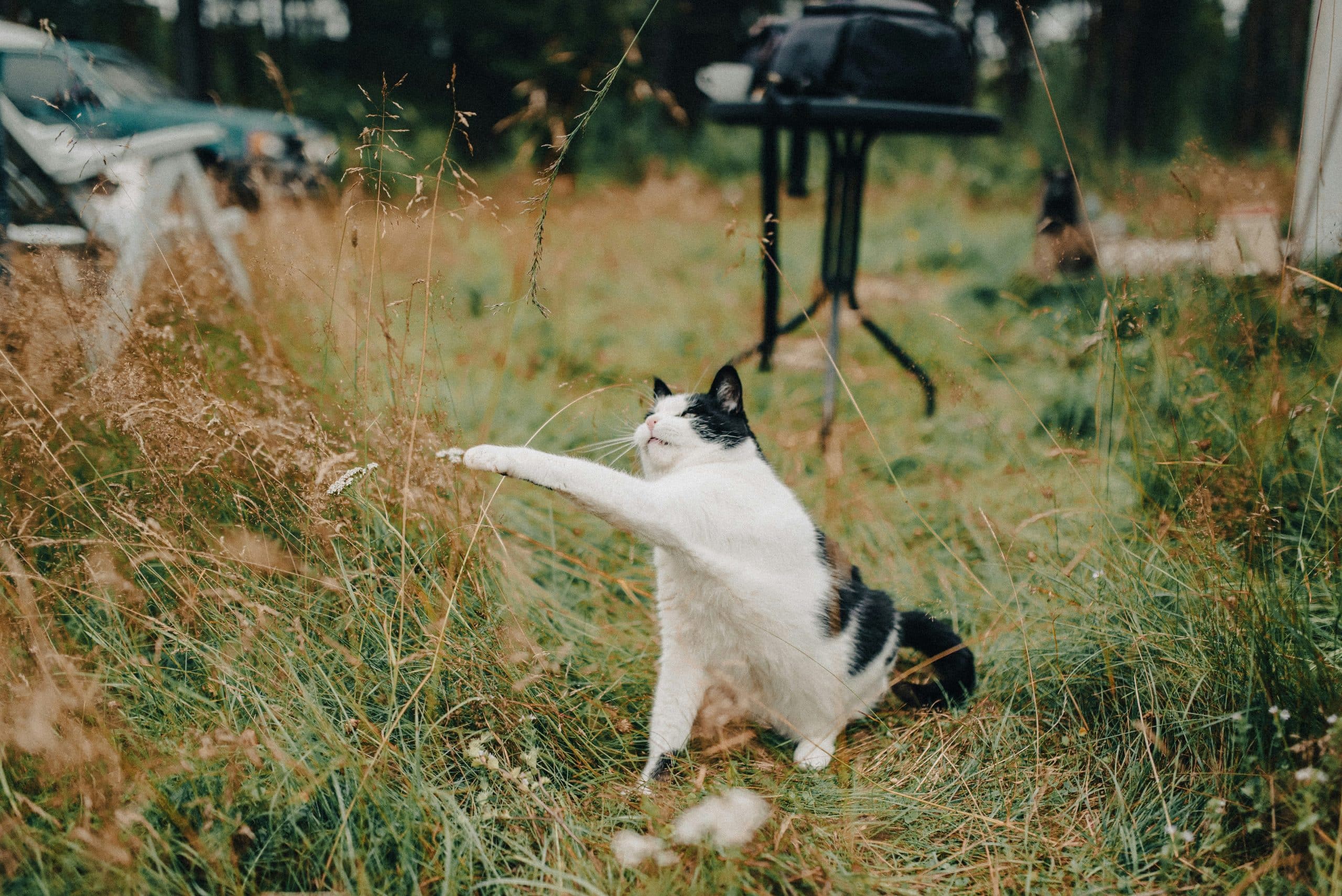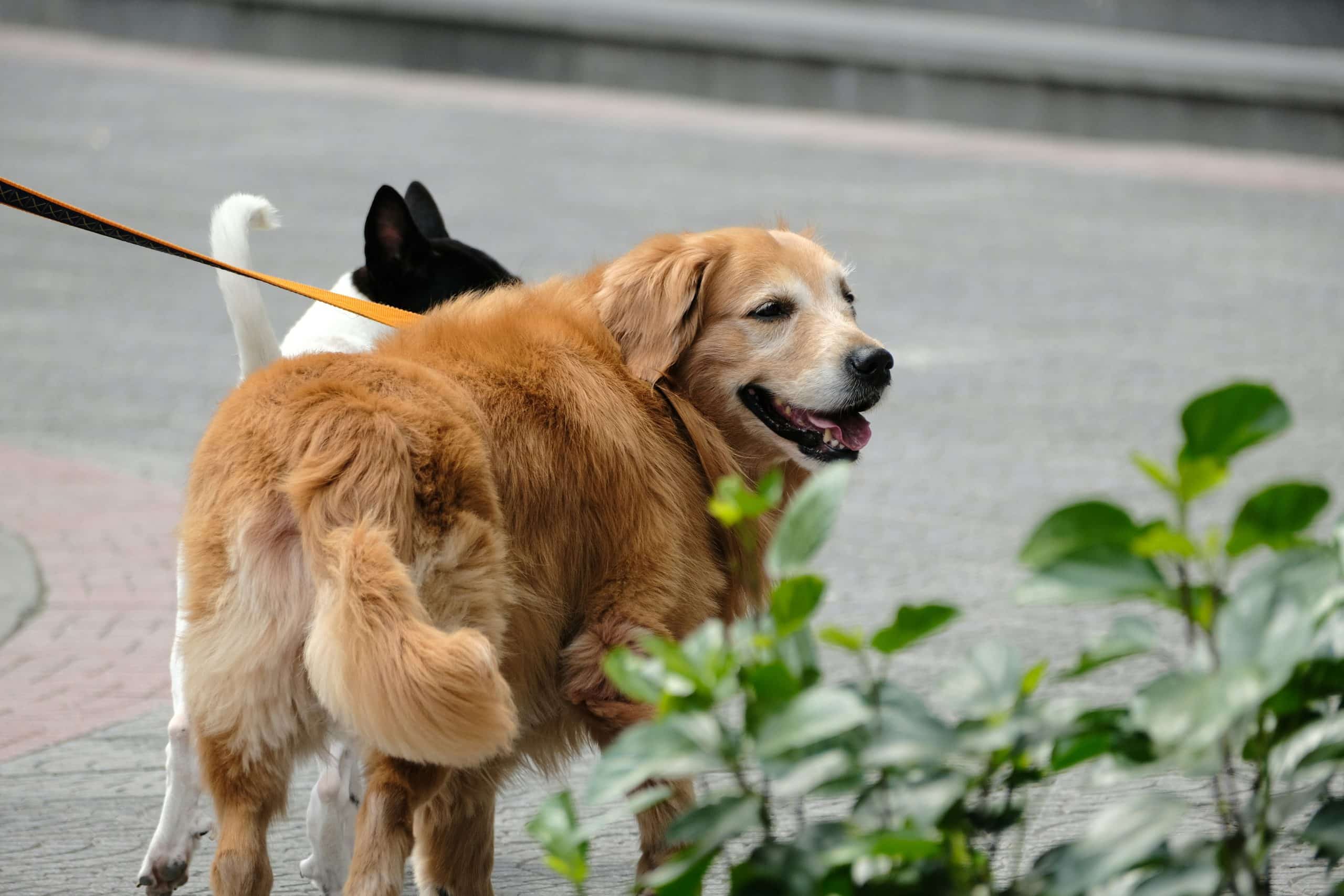Moving ranks among life’s most stressful experiences—not just for us, but especially for our pets who can’t understand what’s happening. According to a study by the American Veterinary Medical Association, over 60% of pets show signs of anxiety during relocation. As someone who’s moved cross-country with two anxious cats and a rescue dog, I’ve learned that preparation makes all the difference. Your furry family members rely on familiar surroundings for security, and when those suddenly change, they can experience significant distress. This guide will walk you through practical steps to make your pet’s transition to a new home as stress-free as possible, whether you’re moving across town or across the country.
Understanding Your Pet’s Anxiety About Moving
Environmental changes profoundly impact our pets, though each species responds differently to the disruption. Dogs, being pack animals, often experience anxiety when their established territory and social structure shift. Cats, fiercely territorial by nature, typically find environmental changes more traumatic than dogs. Small animals like rabbits, guinea pigs, and hamsters may show subtle stress signals that owners sometimes miss during the chaos of moving.
For dogs, stress commonly manifests through excessive panting, pacing, whining, destructive behavior, or unusual aggression. Some dogs develop separation anxiety, becoming clingy or panicking when left alone. Cats frequently exhibit stress through inappropriate elimination (urinating outside the litter box), excessive grooming leading to bald spots, decreased appetite, hiding, or uncharacteristic aggression. Small pets might freeze, hide excessively, or change eating habits when stressed about environmental changes.
Your pet’s age significantly influences their reaction to moving. Young animals generally adapt more readily to new environments, while senior pets often struggle with disrupted routines and unfamiliar surroundings. Their established habits become more ingrained with age, making changes more challenging. Temperament plays an equally important role—naturally anxious or high-strung pets typically have more difficulty with transitions than those with easygoing personalities.
Previous experiences shape your pet’s reaction to moving as well. Animals with histories of abandonment or multiple home changes may exhibit more severe anxiety, associating packing and moving activities with past trauma. Conversely, pets who have moved previously without negative experiences might adapt more easily to subsequent relocations.
The science behind pet anxiety reveals fascinating biological mechanisms. When pets experience stress, their bodies release cortisol and adrenaline—the same fight-or-flight hormones humans produce. This physiological response manifests as increased heart rate, rapid breathing, digestive issues, and heightened sensory awareness. Prolonged stress can suppress the immune system, making pets more susceptible to illness during transitions.
During periods of change, maintaining consistent routines becomes crucial for pets’ psychological well-being. Regular feeding times, exercise schedules, and play sessions provide security amidst uncertainty. The predictability of routine helps counterbalance the unpredictability of moving, offering a sense of normalcy when everything else feels chaotic.
Pre-Move Preparation: Setting the Stage for Success
A dedicated pet moving plan proves essential for a smooth transition. Begin by creating a detailed timeline spanning at least 4-6 weeks before moving day. Include specific milestones: veterinary appointments, carrier training, updating identification, introducing moving supplies, and packing your pet’s belongings last. This methodical approach prevents last-minute scrambling that could heighten your pet’s anxiety.
Start introducing packing materials gradually. Bring out suitcases, boxes, and packing tape several weeks before active packing begins. This allows your pet to investigate these novel items and become desensitized to their presence. Consider setting up a few packed boxes early, allowing your pet to explore and realize these objects pose no threat. Many pets initially bark at or avoid packing materials but eventually accept them as part of the environment.
Despite the chaos of moving preparations, maintaining consistent feeding and exercise schedules provides crucial stability. If possible, keep pet meals, walks, and play sessions at their regular times. When schedule disruptions become inevitable, try to keep at least one aspect of their routine consistent—perhaps morning walks remain at the same time even if evening activities must shift.
Before moving day, update your pet’s identification systems. This includes microchip registration with current contact information, new ID tags with your future address, and securing recent photos of your pet should they become lost during the transition. Compile veterinary records and request referrals to practitioners in your new location. Research any required vaccination updates or health certificates needed for interstate travel.
Thoroughly investigate pet policies at your new residence, particularly if renting. Confirm pet deposits, breed restrictions, and any community rules regarding pets. Locate essential services in your new neighborhood: veterinary clinics (including emergency facilities), pet supply stores, dog parks, and pet-friendly areas. This advance knowledge facilitates a smoother adjustment period.
Prepare a dedicated “pet essentials” bag that remains accessible throughout the entire move. This should contain several days’ worth of food, medications, favorite toys, bedding with familiar scents, waste disposal supplies, and comfort items. Keep this bag separate from packed belongings to avoid searching through boxes for critical pet supplies during the transition.
Choosing the Right Transportation Method for Your Pet
The decision between personal vehicle, professional pet transport, or air travel depends on distance, pet temperament, and your specific circumstances. Personal vehicles offer the most control over your pet’s experience and allow frequent comfort breaks, making this ideal for moderate distances. Professional pet transporters provide expertise for longer journeys but come with significant expense. Air travel, while efficient for long distances, introduces additional stressors and requires careful research into airline-specific pet policies.
Proper carrier introduction demands patience and positive association. Begin at least three weeks before moving day, regardless of your chosen transportation method. Place the carrier in a common area with the door open, adding comfortable bedding and treats inside. Progress to feeding meals near, then inside the carrier. Practice brief carrier closures, gradually extending duration while providing treats and praise. This methodical desensitization prevents travel day panic.
Safety considerations vary by transportation method. In personal vehicles, secure carriers properly with seatbelts or place them in secure areas where they won’t shift during transit. Never transport pets in moving trucks or packed cars without proper ventilation. For air travel, choose direct flights whenever possible and research airline requirements for carrier types, health certificates, and feeding guidelines.
Motion sickness affects many pets, particularly dogs. Consult your veterinarian about appropriate medications or supplements to manage travel anxiety and nausea. Some pets benefit from prescription anti-anxiety medications, while others respond well to natural calming aids like adaptogenic herbs or pheromone products. Always test any medication before moving day to gauge your pet’s reaction.
Special transportation considerations apply for certain animals. Exotic pets often require carefully controlled temperatures and specialized carriers. Senior pets or those with health conditions may need more frequent breaks, specific medications, or accommodations for mobility issues. Small mammals, reptiles, and birds typically experience less stress when their entire habitat (cage or tank) can be transported intact.
Creating a comfortable travel environment includes strategic placement of familiar items in carriers. A piece of unwashed clothing carrying your scent provides reassurance. Ensure appropriate ventilation while avoiding drafts. For longer journeys, consider pheromone sprays or diffusers designed to reduce anxiety. Limit food before travel to prevent nausea, but ensure access to water at regular intervals.
Moving Day Strategies: Reducing Stress When It Matters Most
Designating a quiet room for your pet on moving day creates a sanctuary away from the commotion. Select a space that will be packed last, furnishing it with familiar bedding, toys, food, water, and a litter box for cats. This approach prevents your pet from witnessing the dismantling of their home while reducing the risk of escape through frequently opened doors.
Arranging for a trusted friend or professional pet sitter to care for your pet during the most hectic hours often proves worthwhile. This person can focus exclusively on your pet’s needs and emotional state while you manage the logistics of moving. If using this strategy, provide detailed instructions about your pet’s routine, potential stress signals, and any medications or special needs.
Essential items should remain with your pet throughout transit. Beyond food and water, include comfort objects carrying familiar scents, any prescribed medications, and basic first aid supplies. For anxious pets, include their thunder shirt, favorite toy, or a pheromone collar. Documentation should accompany your pet, including vaccination records, health certificates, and emergency contact information.
Managing feeding schedules during travel requires planning. Feed a light meal approximately three hours before departure to reduce motion sickness risk. During extended travel, offer small amounts of food during longer stops rather than full meals. Maintain access to fresh water, though you might limit quantity during actual transit to reduce accident potential. Schedule regular bathroom breaks—approximately every 2-3 hours for dogs.
Emergency preparedness demands identifying veterinary facilities along your route and at your destination. Compile a list with addresses and phone numbers, focusing on emergency clinics with extended hours. Carry a basic pet first aid kit including bandaging materials, antiseptic wipes, tweezers, and any pet-specific medications. Program emergency vet contacts into your phone for immediate access if needed.
Calming aids can significantly reduce travel anxiety when used appropriately. Options range from pheromone diffusers and sprays (Feliway for cats, Adaptil for dogs) to anxiety wraps that provide gentle pressure. For severely anxious pets, veterinarian-prescribed medications might be necessary. Always test any calming aids before moving day to ensure they don’t cause adverse reactions.
Setting Up Your New Home for Pet Success
Establishing a dedicated safe room provides your pet with a secure base during the unpacking chaos. Before introducing your pet to this space, set up familiar items including their bed, toys, food and water dishes in the same configuration as your previous home. This room becomes their sanctuary while they gradually acclimate to new surroundings, smells, and sounds.
Gradual introduction to new spaces prevents overwhelming your pet. After they’ve adjusted to their safe room (typically 1-3 days), allow exploration of additional areas one at a time. Supervise these initial explorations, offering praise and treats to create positive associations. For particularly anxious pets, use baby gates to gradually expand their territory while maintaining boundaries.
Thorough pet-proofing prevents safety issues during the adjustment period. Inspect for potential escape routes including loose window screens, gaps in fencing, or unsecured doors. Remove or secure toxic plants, exposed wires, and chemical hazards. Address unfamiliar architectural features that might pose risks—steep staircases, pool areas, or low windows—with appropriate barriers until your pet learns the new environment.
Establishing new routines while preserving familiar elements creates necessary balance. While times might change slightly, maintain the sequence of daily activities—perhaps morning walks still precede breakfast, even if both occur earlier. This consistency helps your pet understand that while the environment has changed, the fundamental structure of their life remains stable.
Recreating familiar setups with existing pet furniture significantly eases transitions. Position beds, scratching posts, and feeding stations in similar relationships to other objects when possible. For example, if your cat’s tree previously sat near a sunny window, find a comparable location in your new home. This spatial familiarity helps pets navigate their new territory using existing mental maps.
Scent transfer techniques effectively make new spaces feel familiar. Before moving, rub clean towels on your pet’s face and body to collect their scent, then wipe these towels along baseboards and furniture in your new home. This creates scent markers that communicate safety. Similarly, bringing unwashed bedding from your previous home transfers comforting smells to the new environment.
Helping Different Types of Pets Adjust
Dogs generally benefit from immediate establishment of new walking routes and outdoor boundaries. Spend time exploring your new yard with them on leash initially, even if the area is fenced. Introduce them to immediate surroundings through short, positive walks that gradually extend in distance. Reinforce basic commands and boundaries in the new context, as some dogs temporarily “forget” training during transitions.
Cats typically require more gradual introduction to new environments. Confine them to one room initially with all essentials, then slowly expand their territory over 1-2 weeks. For outdoor cats transitioning to indoor-only living, provide enrichment through climbing structures, interactive toys, and window perches. If allowing outdoor access eventually, delay this for at least 2-3 weeks until they’ve established your new home as their territory.
Birds experience stress through both the move itself and changes in ambient light, temperature, and sounds in the new environment. Position their cages away from drafts, direct sunlight, and high-traffic areas initially. Maintain their precise light/dark schedule and feeding times. Cover portions of the cage to provide security while they adjust to new visual surroundings.
Small animals like rabbits, guinea pigs, and hamsters benefit from having their entire habitat moved intact when possible. Position enclosures in quiet areas with similar temperature and lighting to their previous location. These pets particularly value consistency in their immediate environment, so maintain the interior arrangement of their habitat while they adjust to new external surroundings.
Age considerations significantly impact adjustment strategies. Puppies and kittens typically adapt quickly but require more supervision to prevent accidents in unfamiliar spaces. Senior pets often need extra patience and accommodation—consider ramps for homes with more stairs than they’re accustomed to, or nightlights if navigating new spaces in darkness proves challenging.
Multiple-pet households present unique dynamics during transitions. Temporary regression in relationship hierarchies commonly occurs as animals reestablish territory in the new environment. Provide separate resources (food dishes, beds, litter boxes) to prevent competition, and offer individual attention to each pet. Watch for subtle signs of increased tension and separate pets if necessary until they readjust.
Establishing New Routines and Boundaries
Balancing consistency with necessary changes requires thoughtful planning. While maintaining the same sequence of activities provides security, new environments inevitably demand adjustments. When changes become necessary, implement them gradually—shifting feeding times by 15-minute increments, for instance, rather than sudden two-hour differences.
Retraining outdoor boundaries proves essential for dogs in new yards. Even with secure fencing, supervise initial outdoor time closely. Walk the perimeter with your dog on leash, allowing them to explore boundaries safely. Reinforce recall commands in the new space, as unfamiliar surroundings may temporarily reduce reliability. For homes without fenced yards, establish clear expectations about property limits through consistent training.
Indoor cats benefit from careful introduction to new territory. Window perches provide safe observation points to acclimate to outdoor sights and sounds. Secure outdoor enclosures (catios) offer environmental enrichment while preventing roaming. Some cat owners successfully use harness training to provide safe outdoor experiences in new neighborhoods, though this requires patience and gradual conditioning.
Finding new pet-friendly establishments helps rebuild your pet’s social world. Research dog parks, pet-friendly cafes, and walking trails that welcome animals. These locations provide essential socialization opportunities and help your pet associate the new neighborhood with positive experiences. For dogs particularly, establishing regular routes creates predictability and builds confidence in navigating new surroundings.
Previously frightening elements in the new environment require systematic desensitization. If your new home has features your pet finds intimidating—steep stairs, noisy elevators, or busy streets—use positive reinforcement to build confidence gradually. Break challenging features into smaller components, rewarding brave behavior with high-value treats and praise.
Maintaining training consistency becomes particularly important during transitions. Pets may test boundaries or revert to undesirable behaviors when routines change. Consistently reinforcing established rules signals that while the environment has changed, expectations remain consistent. This predictability helps your pet understand that fundamental household structures remain intact despite the new setting.
When to Seek Professional Help
After several weeks in your new home, certain warning signs suggest your pet isn’t adjusting well. Persistent symptoms warranting professional attention include: prolonged appetite changes, ongoing elimination issues, excessive vocalization, destructive behavior, aggression, significant personality changes, or self-harming behaviors like excessive grooming or licking. Physical symptoms including vomiting, diarrhea, or lethargy that persist beyond the initial adjustment period also merit veterinary evaluation.
Different professionals offer specialized assistance for post-move challenges. Veterinarians address potential medical causes for behavioral changes and can prescribe appropriate medications for severe anxiety. Certified animal behaviorists develop comprehensive modification plans for specific issues like separation anxiety or fear-based behaviors. Professional trainers help reinforce boundaries and commands in the new environment, particularly beneficial for dogs experiencing regression in training.
Medical interventions become appropriate for animals with severe relocation stress. Short-term anti-anxiety medications may help pets through the initial transition, while longer-term pharmaceutical approaches might be necessary for animals with persistent adjustment issues. Your veterinarian might recommend supplements, pheromone products, or prescription medications depending on your pet’s specific symptoms and medical history.
Behavior modification techniques target specific post-move challenges through systematic desensitization and counter-conditioning. These approaches gradually expose your pet to triggering stimuli while creating positive associations. For example, a dog frightened by street noise might start with recorded sounds at low volume paired with treats, gradually increasing volume as tolerance builds. These techniques require consistency and patience but produce lasting results.
Pet support resources in your new community provide valuable assistance during transitions. Many areas have breed-specific rescue organizations, pet loss support groups, and training clubs that welcome newcomers. Online neighborhood groups often share recommendations for pet-friendly resources. Veterinary practices frequently maintain bulletin boards or resource lists connecting clients with appropriate support services.
Cost considerations for behavioral support vary widely. Basic veterinary consultations generally cost less than specialist referrals to board-certified veterinary behaviorists. Some pet insurance policies cover behavioral consultations when referred by a veterinarian, though coverage limitations apply. When evaluating professional help, request clear fee structures and treatment plans upfront to make informed financial decisions.
Your Pet’s Long-Term Happiness in the New Home
The timeline for complete adjustment varies significantly by species and individual temperament. Most dogs adapt within 3-6 weeks, while cats typically require 4-8 weeks for full adjustment. Small pets may adjust more quickly (2-3 weeks) provided their immediate habitat remains consistent. Senior pets, those with anxiety disorders, or animals with past trauma may need significantly longer—sometimes 3-6 months—to fully acclimate to new surroundings.
Creating enrichment opportunities specific to your new living situation enhances your pet’s quality of life. Urban apartments might benefit from puzzle feeders, window perches, or scheduled play sessions that combat limited space. Suburban homes with yards can incorporate sensory gardens, digging pits for dogs, or outdoor enclosures for supervised exploration. Rural properties offer opportunities for more extensive outdoor activities tailored to your pet’s natural behaviors.
Building positive associations
##A New Beginning for Both of You
Your pet’s successful transition to a new home isn’t just about managing the move itself—it’s about creating a foundation for happiness in your shared future. By taking the time to prepare properly, staying attuned to your pet’s needs during the process, and patiently supporting their adjustment, you’re strengthening your bond through this challenging experience. Remember that most pets do adjust successfully given enough time and support. The careful attention you’ve paid to this transition demonstrates the depth of your commitment to your furry family member, and that loving relationship is ultimately what makes any house truly feel like home—for both of you.

